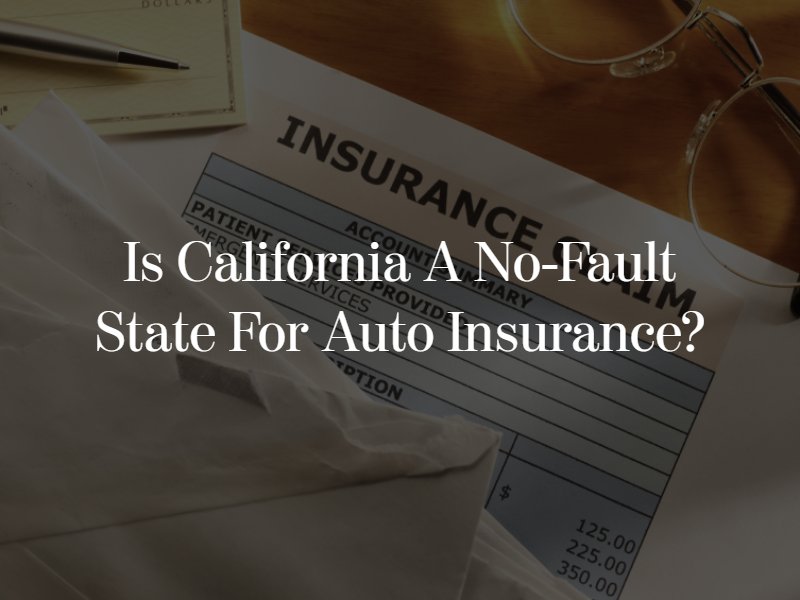Posted in California,Car Accidents,Personal Injury on September 14, 2018

When it comes to auto insurance and car accident claims, there are “fault” and “no-fault” states. California is a fault state, or tort state. In other words, it is not a no-fault state for auto insurance. Understanding what the state’s fault laws mean for you as either the at-fault or not-at-fault party can help you navigate your accident claim. If you have any questions about your role or responsibilities after a car accident in Southern California, contact a Long Beach car accident lawyer for a free case evaluation.
California Car Insurance Laws
It is mandatory for all drivers to carry minimum amounts of insurance coverage in almost every state, regardless of whether the state is fault or no-fault. New Hampshire is the only exception.
Car insurance covers medical bills and property damage repairs in the event of a car accident. Who the policy covers and for how much depends on the coverage the policyholder purchases. Auto insurance laws in California require all drivers to carry at least $15,000 in bodily injury insurance to one person, $30,000 for more than one person, and $5,000 for property damage.
In a no-fault state, everyone seeks damage recovery from their own auto insurance companies, regardless of who is at-fault for the crash. There is no need for accident victims to determine fault or prove that someone else caused the accident to receive coverage. Each individual’s insurance policy will cover his or her losses, up to the maximums on the policy. The only time someone in a no-fault state would need to assign liability is in a personal injury claim, which drivers can only file if injuries are severe, permanent, or fatal.
In a fault state like California, anyone involved in an accident must file an insurance claim with the at-fault party’s insurer. Instead of filing with their own insurance companies, drivers must identify at-fault parties and file through their insurers. The person at-fault for the collision will be the one responsible for paying damages. It’s important for everyone to carry adequate insurance in fault states, otherwise, not-at-fault parties may end up paying for their damages out-of-pocket.
How to File an Insurance Claim in California
After a car accident, remain calm and stay on the scene. Do not say you were at fault for the accident, apologize, or say anything else someone could take as an admittance of guilt. Instead, find out if anyone has injuries and report the crash to the police. You must report your accident if you see injuries, wrongful deaths, or more than $1,000 of property damage. Calling the police to the scene can give you an official report of the crash, which can help with your insurance claim later.
Get the other driver’s information, including his or her insurance company’s name and policy number. Go to the hospital right away, even if you don’t think you’re injured. You could have hidden injuries or delayed symptoms. Prompt medical care is often an insurance company requirement. Otherwise, the insurance company could say your injuries weren’t serious, or you made them worse by delaying medical care. Call the insurance company once you begin receiving treatment for your injuries.
Call the insurance company of the at-fault party as soon as you can after a collision. If you aren’t sure who that is, call your own insurer and say you don’t know who was at fault. The police can assign fault later. Describe the crash in as much detail as you can, sticking to the truth, and follow the agent’s instructions for filing a report. Then, contact a Long Beach personal injury attorney for assistance with insurance claim negotiations. A lawyer can usually get more for your case than you can alone, especially in fault car insurance states where you must prove negligence. Contact Harting Simkins & Ryan, LLP today to schedule a free consultation.


